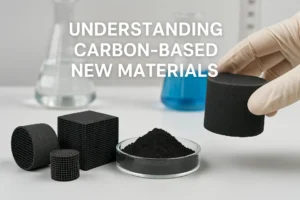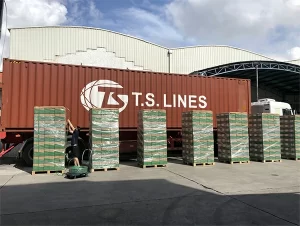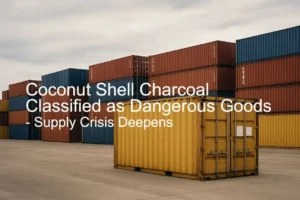In recent years, the global market for coconut shell activated carbon has experienced unprecedented challenges. Shortages of raw coconut shell charcoal, driven by weather patterns, export restrictions, and surging demand, have caused significant price increases and supply instability. For manufacturers and end-users alike, these disruptions create serious risks to production planning and long-term business growth.
The Impact of Coconut Shell Shortages
Coconut shell is prized for producing high-hardness, high-microporosity activated carbon – critical for gold recovery, food-grade filtration, drinking water and high-performance air purification. However, when raw material becomes scarce or expensive, factories face:
- Rising production costs and shrinking profit margins
- Difficulty fulfilling contracts on time
- Potential loss of customers to lower-cost competitors
- Reduced plant utilization rates and planning uncertainty
- Short quotation validity
Strategies for Stabilizing Supply and Business Continuity
1. Diversify Raw Material Sources
Companies should expand sourcing beyond a single region. By developing partnerships with suppliers in Indonesia, Vietnam, the Philippines, and Africa, manufacturers can secure multiple channels of coconut shell charcoal to buffer against regional disruptions.
2. Explore Alternative Raw Materials
In certain applications, nutshell activated carbon, coal-based activated carbon or wood-based activated carbons can partially replace coconut shell activated carbon without compromising performance. This approach can help control costs and maintain supply continuity for non-critical uses.
3. Product Structure Adjustment
Offering blended or customized carbon grades allows manufacturers to balance performance and cost. For example, mixing a small proportion of alternative carbons into a coconut-based product can reduce price volatility while maintaining key quality indicators.
4. Transparent Customer Communication
Proactive communication with customers about market conditions builds trust. Manufacturers can implement quarterly updates, long-term price agreements, and collaborative forecasting to help clients plan purchases more effectively.
5. Invest in Process Efficiency
Improving carbonization and activation yields reduces raw material loss and increases cost efficiency. Upgrading kilns, optimizing activation conditions, and recycling waste heat are practical steps toward resilience.
6. HANYAN’s On-Site Sourcing and Quality Inspection
At HANYAN, we recognize that raw material stability begins at the source. Our teams regularly conduct on-site inspections at coconut shell charcoal production sites across Southeast Asia to verify quality, secure long-term contracts, and ensure traceability. This hands-on approach minimizes supply risk, ensures consistent quality, and strengthens our partnerships with local suppliers.
Long-Term Outlook
The shortage of coconut shell raw materials may persist as global demand for high-performance activated carbon continues to rise. Manufacturers that adopt proactive sourcing strategies, develop alternative products, and invest in process and quality improvements will be better positioned for sustainable growth.
Conclusion
The coconut shell supply crisis is both a challenge and an opportunity. By diversifying sourcing, exploring alternative materials, optimizing processes, and – like HANYAN – implementing direct on-site quality inspections, activated carbon manufacturers can navigate price volatility and build a more resilient, future-ready business.
Article Keywords: coconut shell activated carbon, raw material shortage, price surge, HANYAN activated carbon, sourcing strategy, quality inspection, supply chain stability




